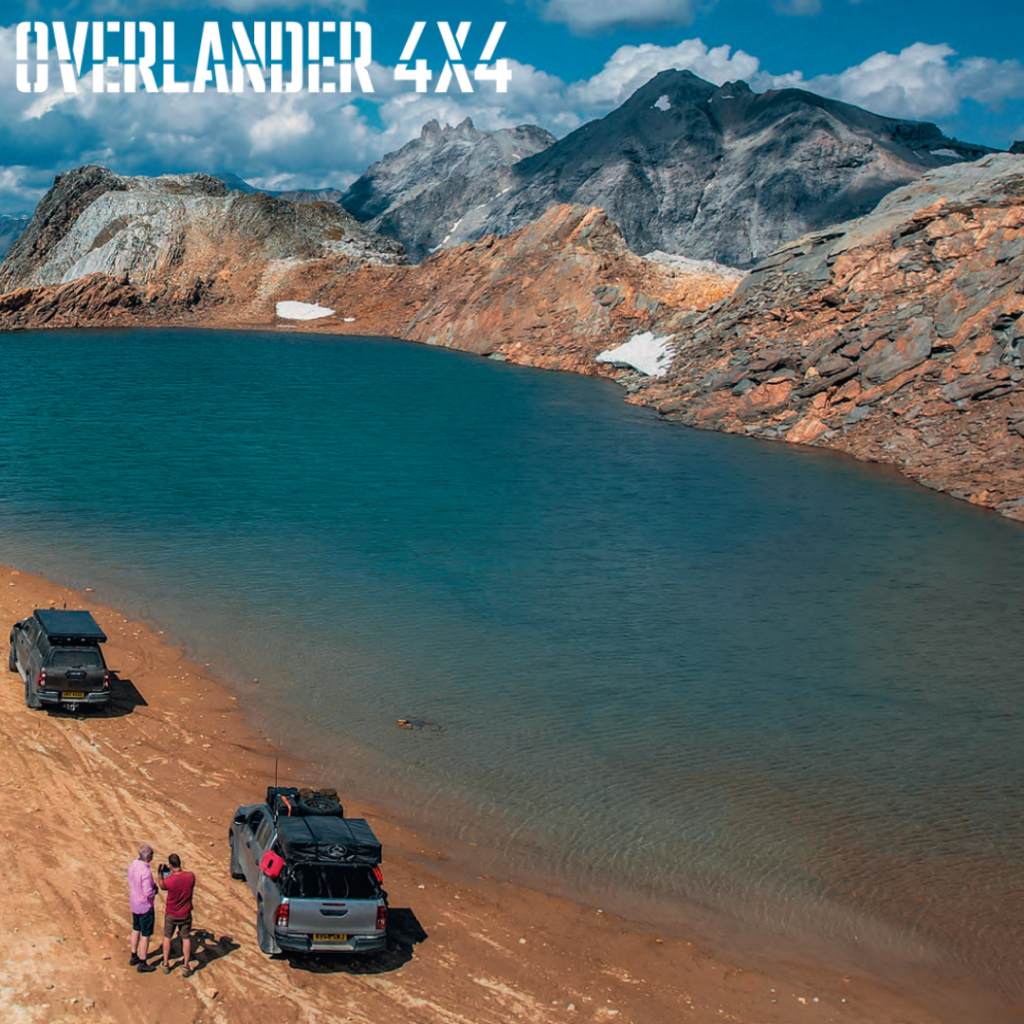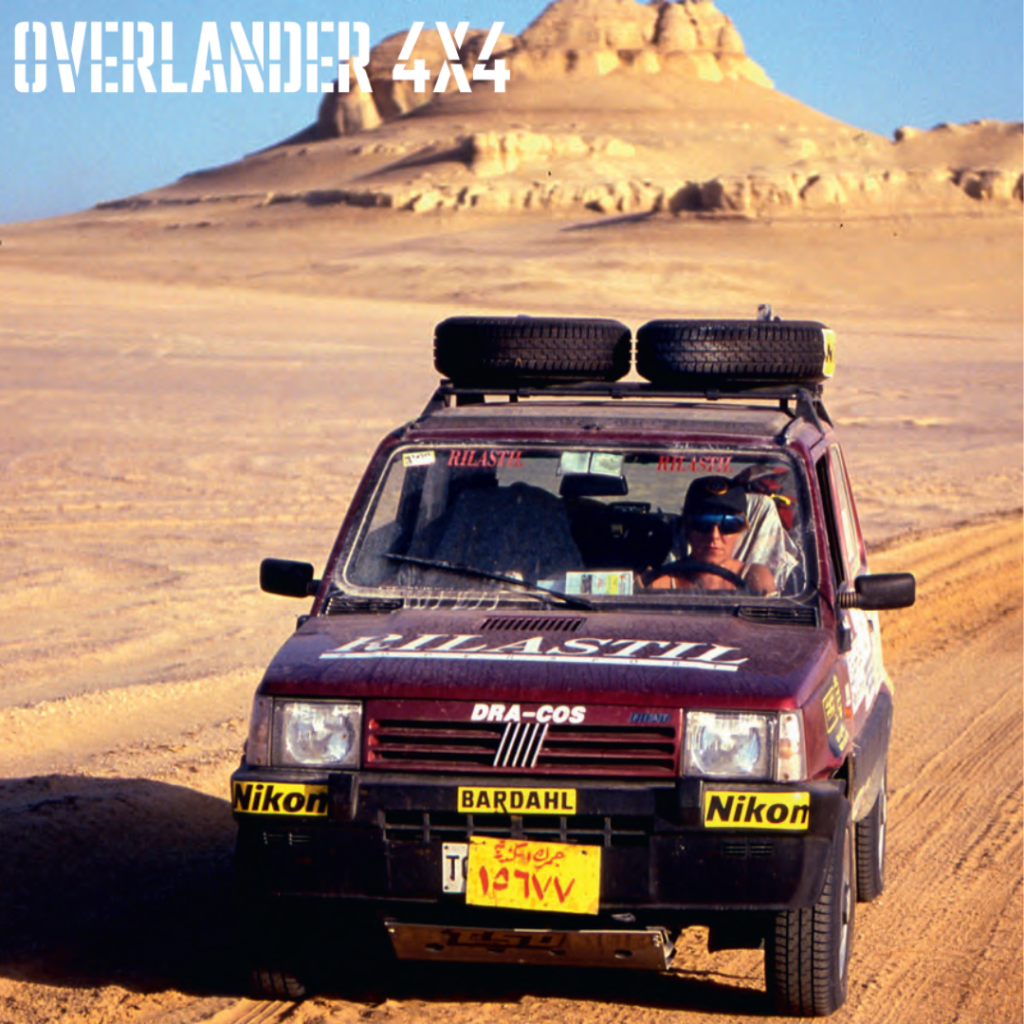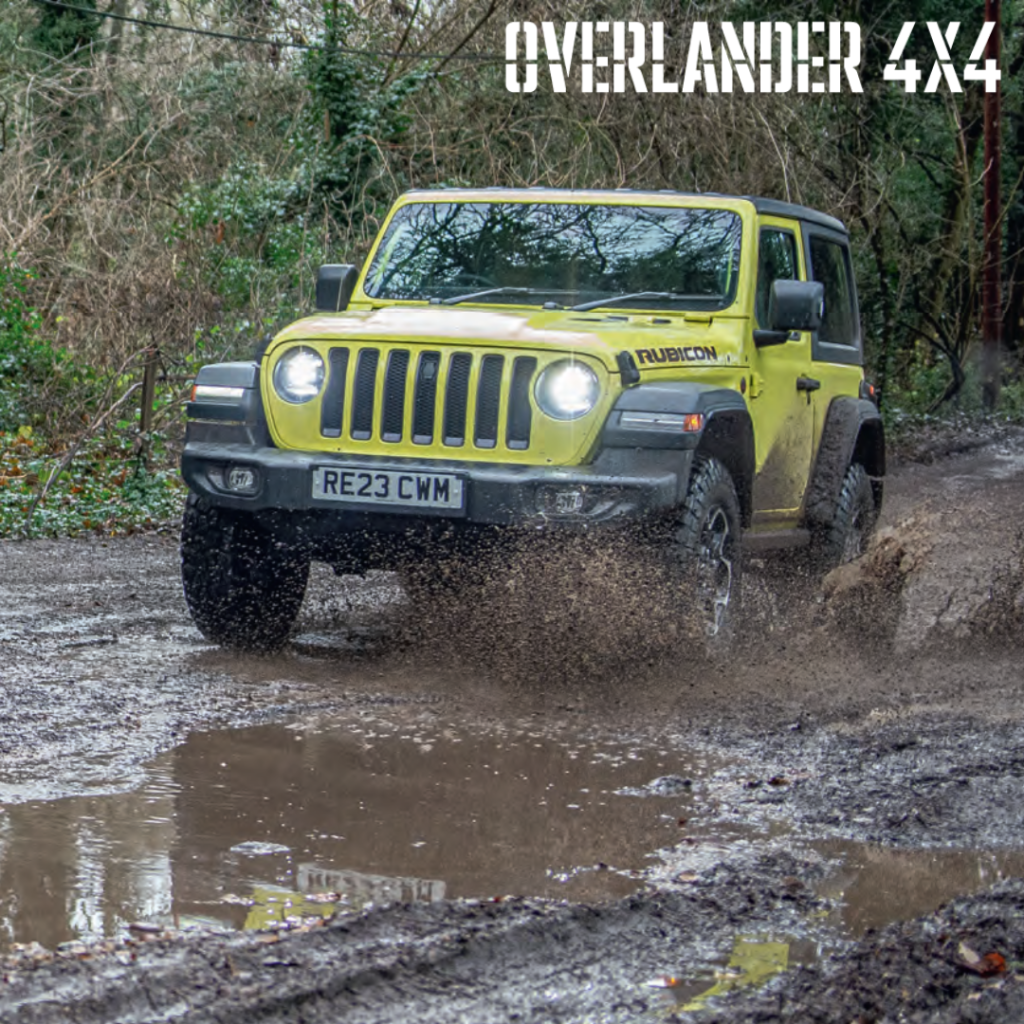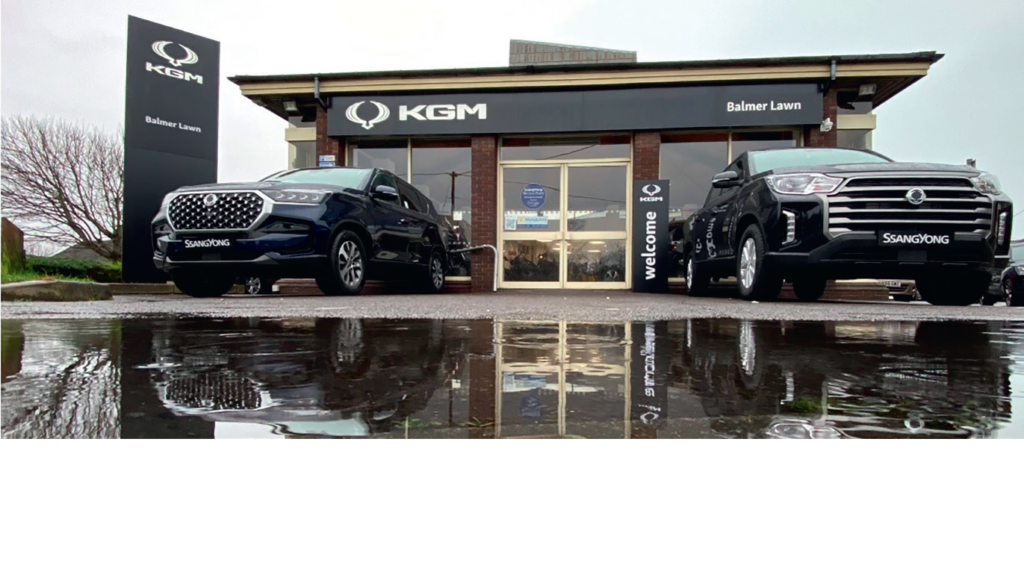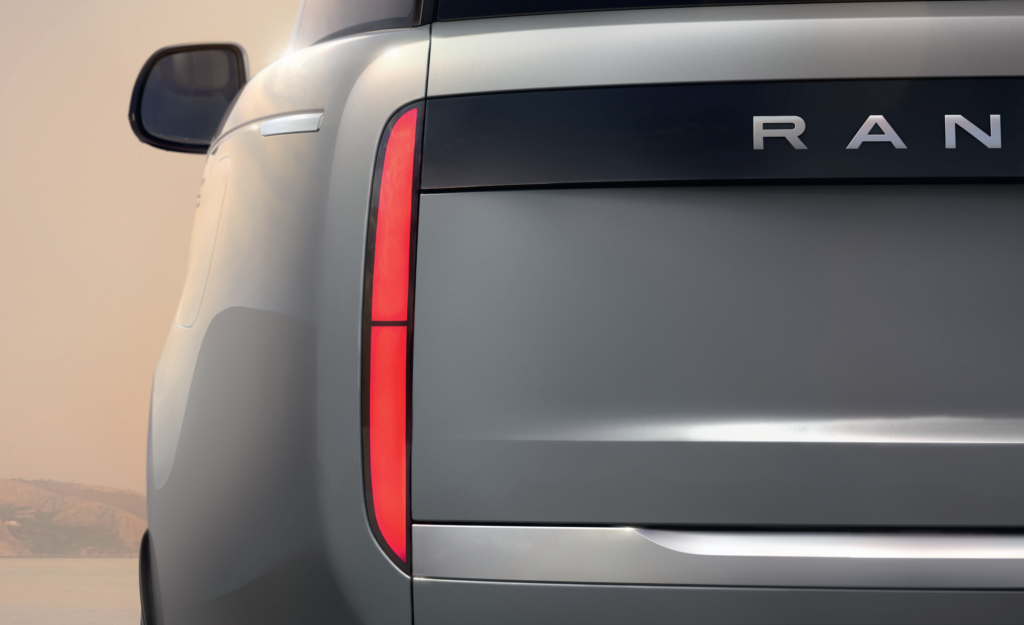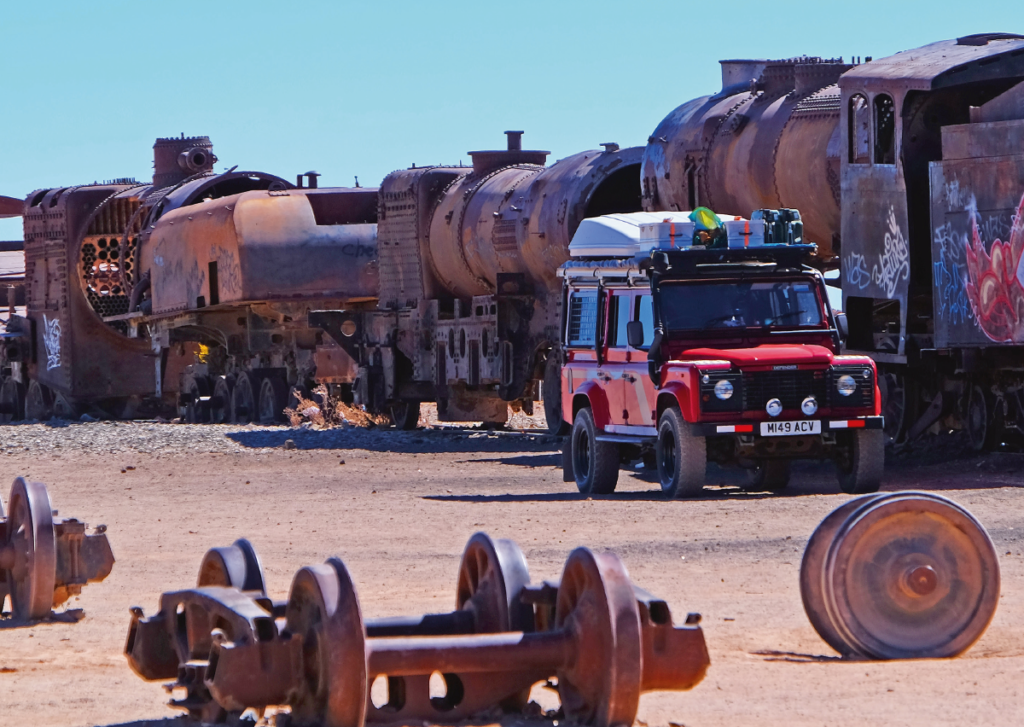Little more than a day’s drive from Britain, the Alps of northern Italy combine a sublime landscape with a rich military history that dates back to Napoleonic times – and has provided a network of rough
mountain trails that are perfect for exploring by 4×4.
When it comes to adventure, I consider myself genre-fluid (yes genre…). My adventures have thus far consisted
of climbing mountains, hunting, scuba diving, getting up close and personal with dangerous animals and most recently
riding across the Sahara Desert on top of a freight train carrying iron ore – so I certainly don’t consider myself a specialist in any adventuring discipline. However I will put my hand to anything in the name of
expanding my comfort zones and visiting places most would consider inaccessible – and 4×4 driving has always been a means to an end for this.
When I was looking for an adventure for last summer, I considered the usual options – and a few unusual ones.
Eventually. I decided that I would take my dogs to explore the military trails and instalments in the Alps, which date back as far as the Napoleonic era.
Read the full article in the March issue https://shop.assignmentmedia.co.uk/issue/4X4202403
